Description
This beautifully illustrated book is the companion to the award-winning film The Greatest Good, which traces the U.S. Forest Service’s development from its beginnings as a one-man research outfit to today’s broad-based operation of 30,000 employees overseeing 193 million acres of national forests and grasslands.
The Forest Service and the Greatest Good examines the question that remains just as relevant today as it was in 1905: What is the greatest good? In vivid terms, historian James G. Lewis recounts the work of the Forest Service in its stewardship of watersheds, timber, grazing land, wilderness, wildlife, and recreation, and he profiles the Forest Service men and women working in the National Forest System, Research, and State and Private Forestry branches who developed new ways of addressing the conflicts over natural resources management. The story of the Forest Service is, in fact, the story of the thousands of rangers, foresters, and other scientists who have worked for the agency for the past century to manage 193 million acres of federal land. And it is a story of myriad conflicts that have pitted America’s oldest and largest land management agency against the president, the Congress, the courts, both industry and environmental interests, and even itself.
Table of Contents
1 Origins of the Forest Service
2 Establishing the Forest Service
3 Powers, Policies, and Fires
4 The Primacy of Timber and the Promise of Sustained Yield
5 Recreation, Wilderness, and Wildlife Management in the First Half-Century
6 The Postwar Period and the Rise of the Environmental Movement
7 New Faces, Changing Values
8 Traditional Forestry “Hits the Wall”
9 A New Land Ethic and Ecosystem Management
10 Reflections on the Greatest Good
Appendices
Chronological Summary of Events Important to Forest Service History
Biographical Sketches of the Chiefs of the Forest Service
Organizational Charts of the Forest Service

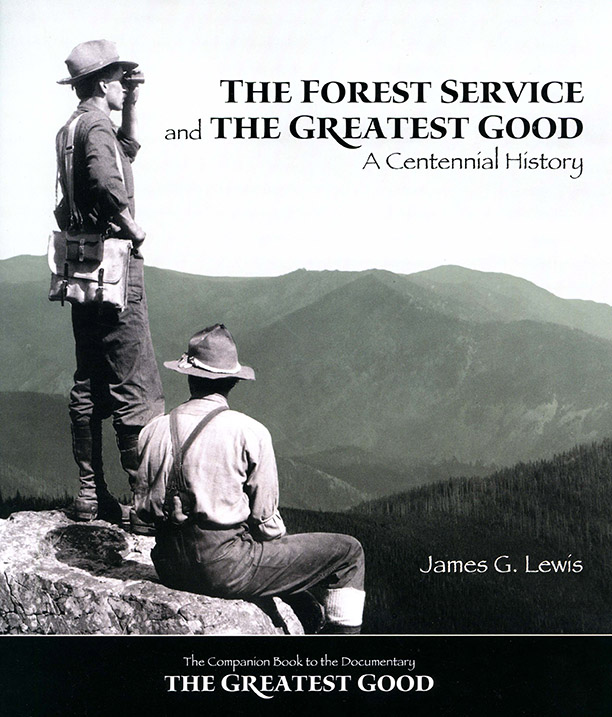
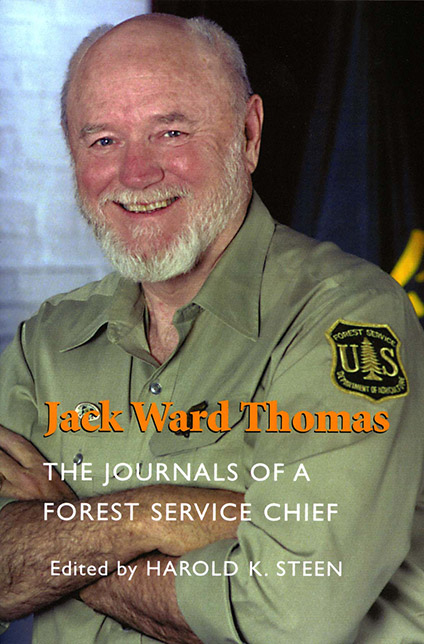
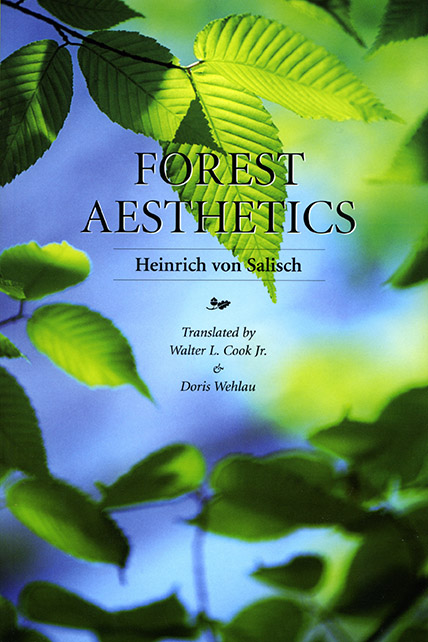
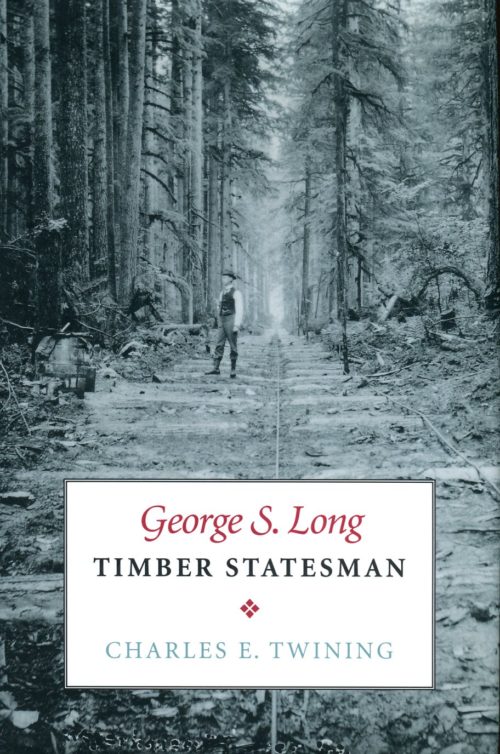
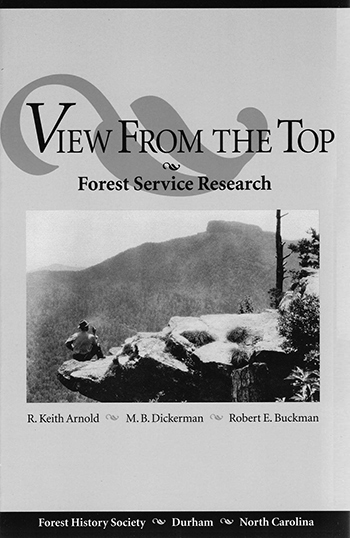

Reviews
There are no reviews yet.